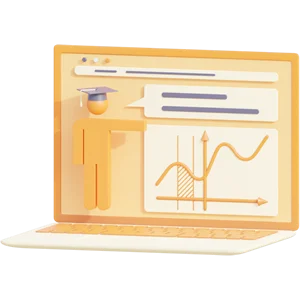ATPL - Meteorology
I develop this document while studying for my EASA ATPL exams. To accomplish this I studied the Oxford Manual and did the Aviation Exam database. The information is brief and easy to read. I believe it contains all the information you will need to pass your exam. I hope you like it and can use it to study for Meteorology!
Preview document (2 of 19 pages)
Knoowy benefits
$ 19,75
 Money back guarantee
Money back guarantee
 Documents can be downloaded immediately
Documents can be downloaded immediately
 $0.50 discount when paying with balance
$0.50 discount when paying with balance
-
 Receive free quiz questions with document
Receive free quiz questions with document

Specifications
Seller
Available in bundle
ATPL Student Pilot - ALL YOU NEED TO PASS ATPL EXAMS!
Bundle contains 13 documents
 Deal: get 10% off when you purchase 3 or more items!
Deal: get 10% off when you purchase 3 or more items!
Deal: get 10% off when you purchase 3 or more items!








